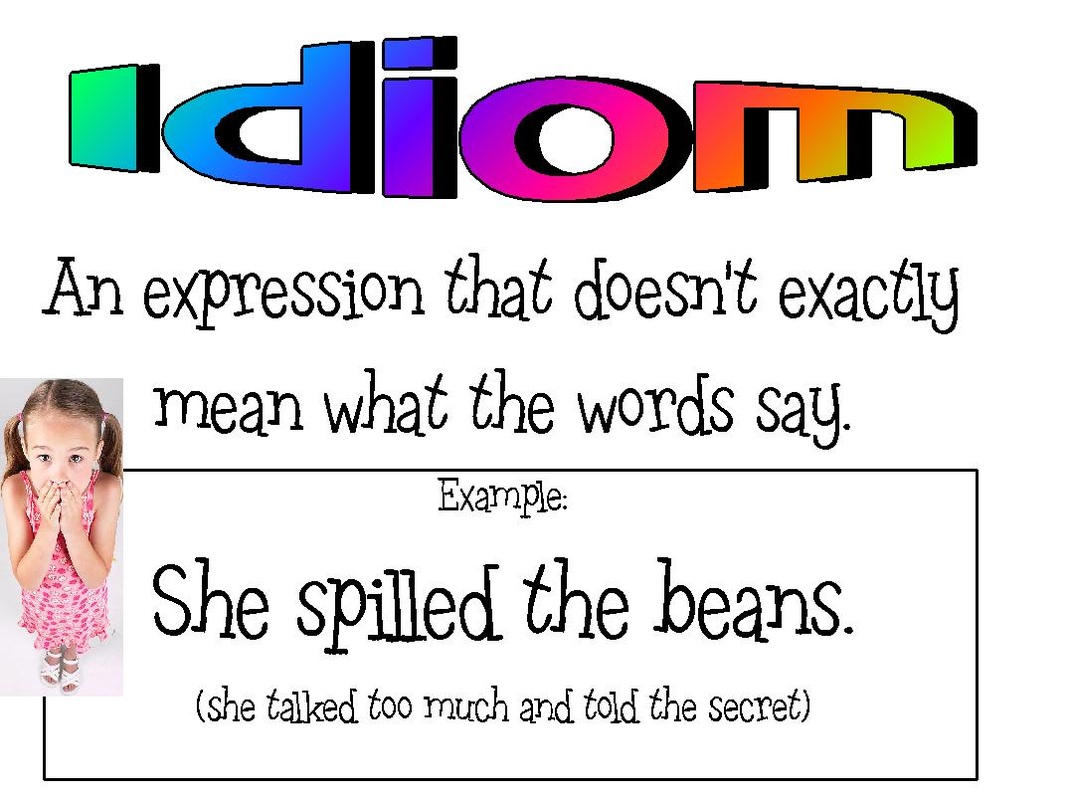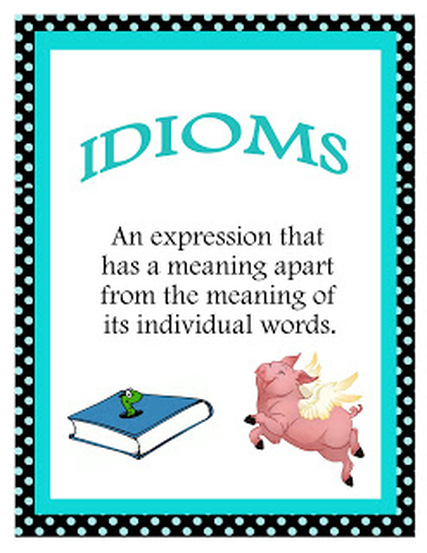Definition of Proverb


Proverb is a brief, simple and popular saying, or a phrase that gives advice and effectively embodies a commonplace truth based on practical experience or common sense. A proverb may have an allegorical message behind its odd appearance. The reason of popularity is due to its usage in spoken language as well as in the folk literature. Some authors twist and bend proverbs and create anti-proverbs to add literary effects to their works. However, in poetry, poets use proverbs strategically by employing some parts of them in poems’ titles such as Lord Kennet has written a poem, A Bird in the Bush, which is a popular proverb. Some poems contain multiple proverbs like Paul Muldoon’s poem Symposium.
Use of Popular Proverbs in Everyday Speech
- Early to bed and early to rise, makes a man healthy, wealthy and wise.
- Laugh and the world laughs with you, weep and you weep alone.
- Absence makes the heart grow fonder.
- All that glitters is not gold.
- An army of sheep led by a lion would defeat an army of lions led by a sheep.
- The old horse in the stable still yearns to run
Examples of Proverbs from Literature
Example 1
From Chinua Achebe’s Things Fall Apart:
“If a child washes his hands he could eat with kings.”
If you remove the dirt of your ancestors, you can have a better future. Everyone can build his/her own fame.
“A toad does not run in the daytime for nothing.”
Everything happens for a reason and for something not for nothingness.
“A child’s fingers are not scalded by a piece of hot yam which its mother puts into its palm.”
Children who obey their mothers are not punished.
Example 2
From William
“The weakest goes to the wall.”
The weak people are never favored.
“He that is strucken blind cannot forget
The precious treasure of his eyesight lost.”
A man who loses his eyesight can never forget the importance of lost eyesight.
“One fire burns out another’s burning,
One pain is lessen’d by another’s anguish.”
You can burn new fire from lightening another fire, similarly a new pain could mitigate your old pain.
Example 3
From The Bible
“The fear of the LORD is the beginning of knowledge, but fools despise wisdom and instruction.” (1:7)
Wise men always fear the Lord, while fools do not like wisdom and guidance.
“Every word of God is flawless; He is a shield to those who take refuge in him.” (30:5)
Saying of the God are never flawed, He protect them who ask for His help and follows His path.
“Commit to the LORD whatever you do, and he will establish your plans.” (16:3)
Do your efforts then put faith in Lord for the results, for He knows better and give you reward accordingly.
Example 4
From Graham Greene’s The Power and the Glory
“And when we love our sin then we are damned indeed.”
When do not repent our sins and instead loving them, and then we are damned.
“Nothing in life was as ugly as death.”
Death is the most horrible experience in life.
“There is always one moment in childhood when the door opens and lets the future in…We should be thankful we cannot see the horrors and degradations lying around our childhood, in cupboards and bookshelves, everywhere.”
Childhood is a blessing for us, as we do not face horrible experiences like humiliation and degradation from people.
Example 5
From Aesop Fables by Aesop:
We should make sure that our own house is in order before we give advice to others. (Fortune Teller)
We should act upon our own words, before advising others to do the same.
Function of Proverb
Proverbs play very important roles in different types of literary works. The most important function of proverbs is to teach and educate the audience. They often contain an expert advice with a role for educating the readers on what they may face if they would do something. Hence, proverbs play a didactic role, as they play a universal role in teaching wisdom and sagacity to the common people. Since proverbs are usually metaphorical and indirect; therefore, they allow writers to express their message in a less harsh way.
Definition of Idiom
An idiom is an expression that takes on a figurative meaning when certain words are combined which is different from the literal definition of the individual words. For example, let's say I said: 'Don't worry, driving out to your house is a piece of cake.' We would understand that the expression 'piece of cake' means that it's easy. Normally, we obviously wouldn't associate the word 'cake' when it is on its own as anything other than dessert. But in this context, it's a well-known idiom.


Examples of Idioms
There are tens of thousands of idioms used in the English language. As we can probably understand, idioms are difficult for people whose first language is not English. Actually, even native English speakers in the Motherland of England have a hard time with American idioms. Americans know them because they're common expressions. We're used to hearing them in our homes, at school, and in our favorite television programs.Sometimes American idioms make their way around the world, and sometimes an expression doesn't even make it out of a particular state. Here a few of the most commonly used idioms in the United States and their likely origins. (Note that these origins may be in dispute.)
'As happy as a clam'
Mary was happy as a clam on the day of her wedding.
Meaning: Pleased, very content
Origin: So why in the world would a clam ever be happy? They're shellfish, they don't have feelings. The expression most likely began because when a clam's shell is opened up, it does look like the clam is smiling.
'Pass the buck'
It is Tim's responsibility to mow the lawn. He shouldn't pass the buck to his younger brother.
Meaning: To dodge one's responsibilities by giving them to someone else
Origin: The game of poker became extremely popular in the 1800s in the United States. Of course, many of the cowboys and bar patrons who played the game were degenerate gambler types who could not be trusted. So, a system was instilled that on each new game a different person would deal out the cards and they would be given some kind of marker to indicate that it was their deal. Often times a knife was used as a marker. The handle of these knives were typically made out of a buck's horn. In time, the marker just became known as a buck.
'In like Flynn'
Michael left the bar with that girl Anna. He is in like Flynn.
Meaning: To be successful romantically
Origin: Actor Errol Flynn had quite the reputation around town as a ladies' man. The handsome actor did not keep his party-time romantic escapades a secret; in fact, he published a book called My Wicked, Wicked Ways which discussed his night time romps at length
 Here are more homophone pairs than you can shake a stick at – just ask this pearof bares!
Here are more homophone pairs than you can shake a stick at – just ask this pearof bares!